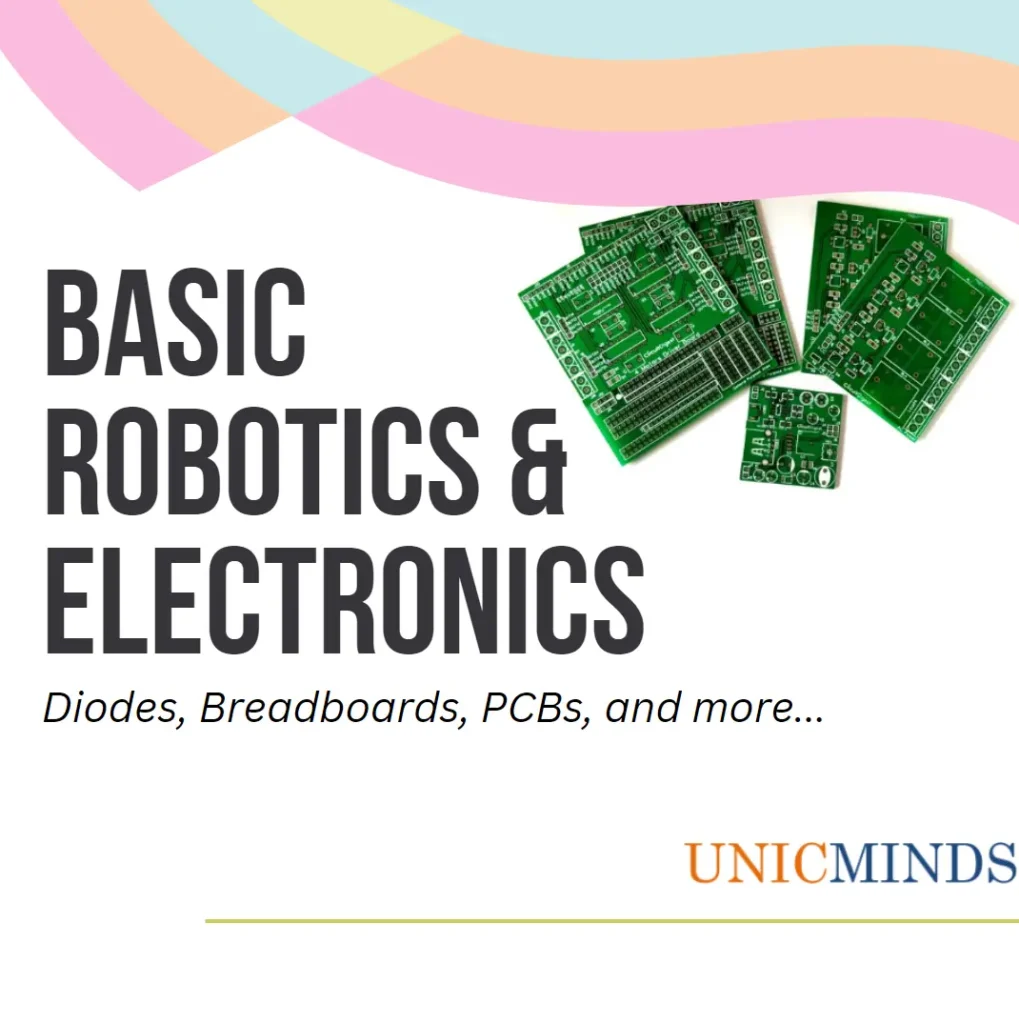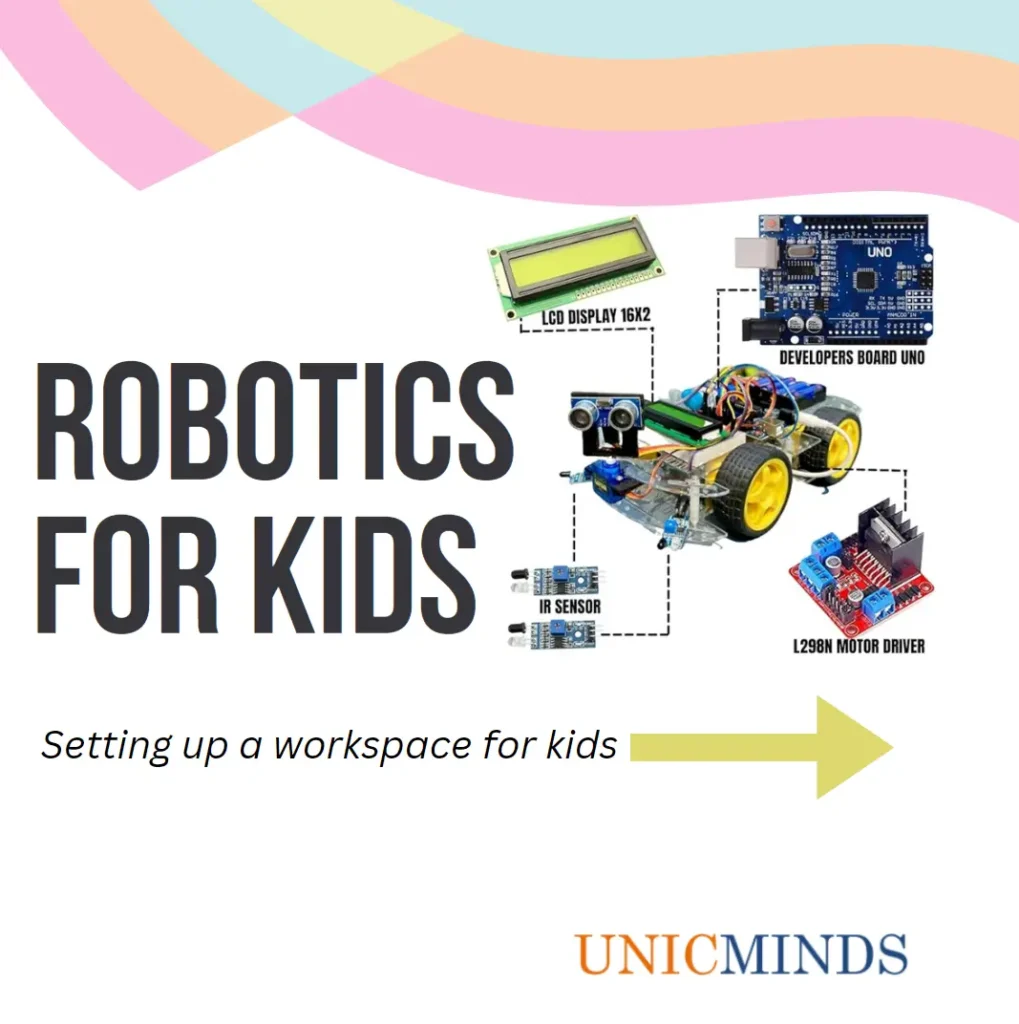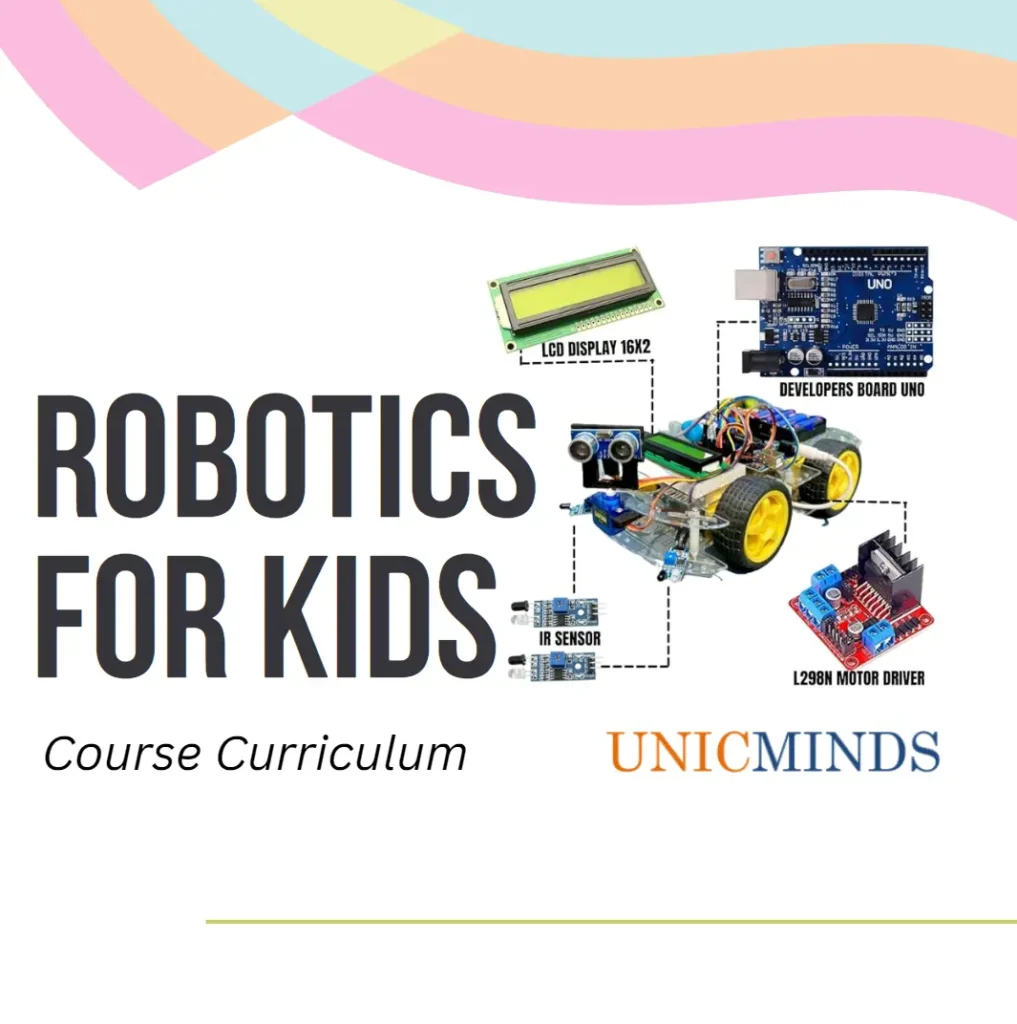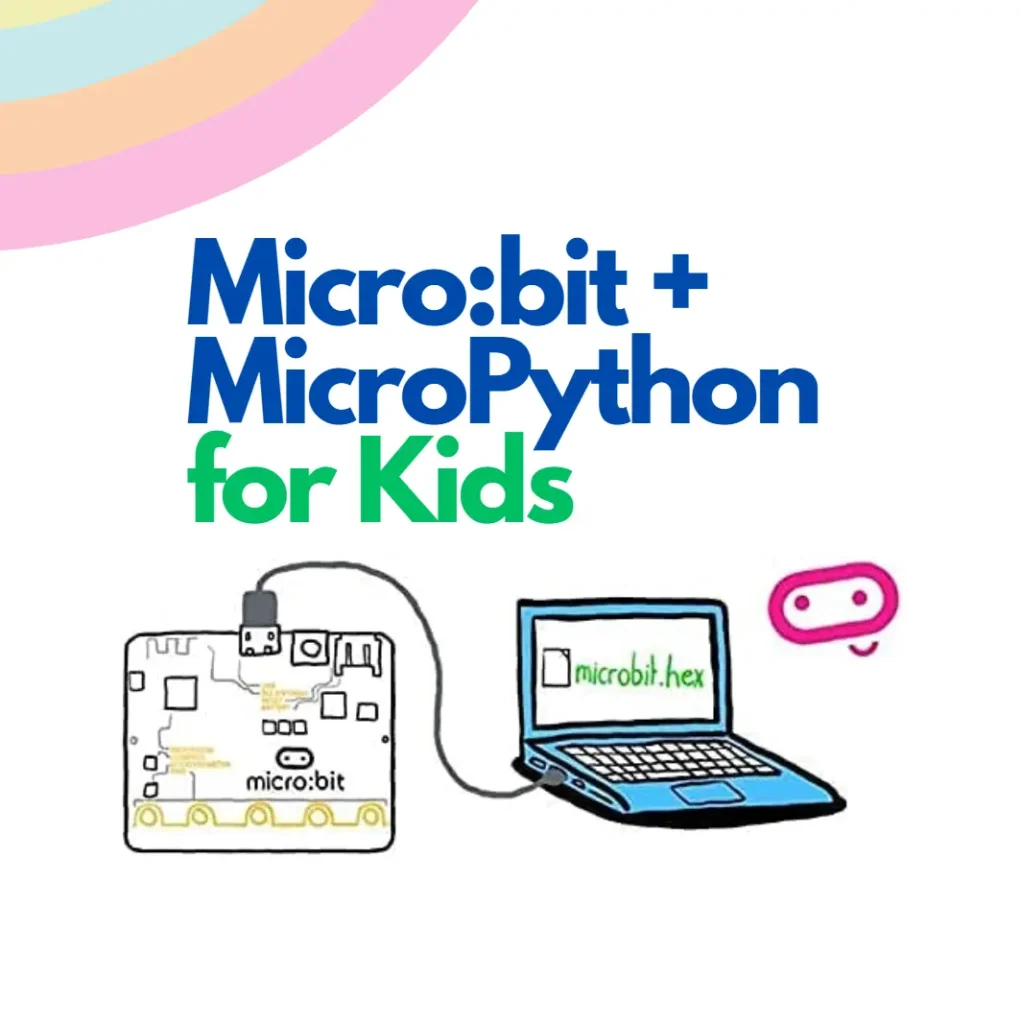A basic circuit would be as follows:
Every electric circuit, regardless of where it is or how large or small it is, has four basic parts: an energy source (AC or DC), a conductor (wire), an electrical load (device), and at least one controller (switch).
Basics of a Diode:
Diodes control the current flow in one direction. It has low resistance to the current flowing in one direction and it has high resistance to the current flowing in the opposite direction.
The positive side is called the anode, and the negative one is called the cathode. The diode circuit symbol, with the anode and cathode marked. Current through a diode can only flow from the anode to the cathode, which would explain why it’s important for a diode to be connected in the correct direction.
Basics of Resistance:
Resistors are electronic components which have a specific, never-changing resistance. The resistor’s resistance limits the flow of electrons through a circuit. Resistors can be constructed out of a variety of materials. Most common, modern resistors are made out of either a carbon, metal, or metal-oxide film. In these resistors, a thin film of conductive (though still resistive) material is wrapped in a helix around and covered by an insulating material. Most of the standard, no-frills, through-hole resistors will come in a carbon-film or metal-film composition.
Basics of Breadboard:
Breadboard is called in its name because in the olden days people used to use the kitchen cutting board (as shown below) as the board to connect a circuit with wires. See below for reference of the olden days bread board.
Today, the size of the components have reduced, and the modern breadboard looks like the below and it comes in different sizes. The inside of a breadboard looks like the below and hence they can be used in all connections.
Source: Wikipedia
Obviously, breadboard electronics are largely used for prototyping. In reality, we use soldered boards called PCBs which have components like transistors in the order of nanometers and even resistors which are soldered and are really small like the below.
Why are PCBs required and why don’t we do everything on a breadboard?
One reason is it will be extremely complicated to do numerous connections on the breadboard. It will look something like the below. It will be very difficult to understand a complex circuit and it can lead to short-circuits and other problems.
Second reason is the size of it will be very big and inefficient. We have reduced the transistor sizes more and more to fit more transistors in a small space. PCB soldered boards are a good way to streamline this problem of complex circuitry.
Now, look at the same circuit in the below PCB soldered boards. Aren’t they simple and clean? And, that’s why we use them and we love them.
Always think before doing the connections and always power off while doing the connections. Avoid three main errors while doing the connections: too much current, too much voltage, and overheating.
- Too much current usually comes from shorting things
- Too much voltage(or reversed polarity) usually comes from not paying attention to what is being connected,
- Overheating comes from too much current or not using a heatsink when you should be.
Basically, just think before you connect things and don’t connect while the power is on – you don’t want any accidental short-circuits.
Hope this is useful, thank you.
You may like to read: Arduino for Kids, Micro:bit Programming for Kids, & Robotics for Kids




